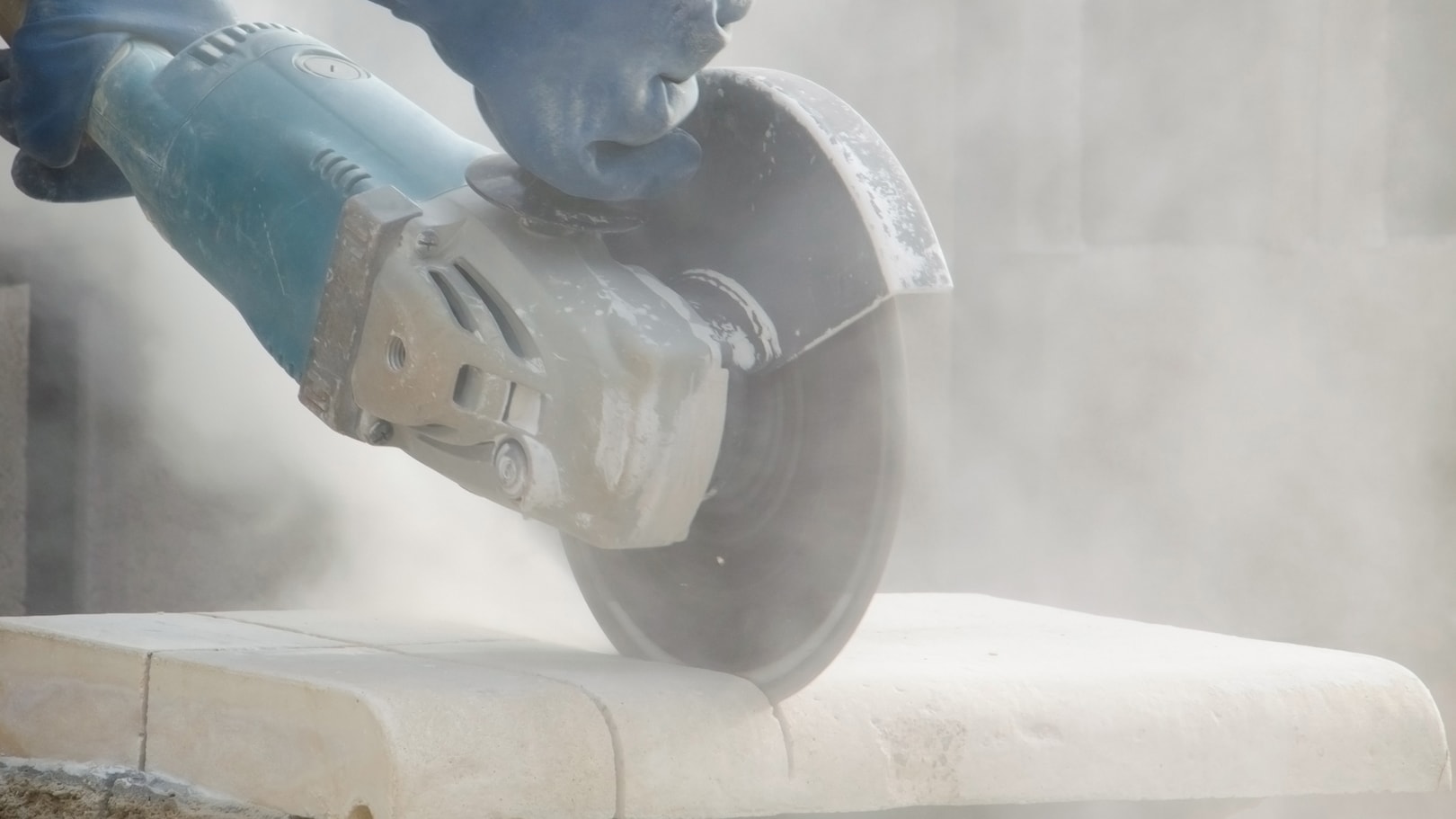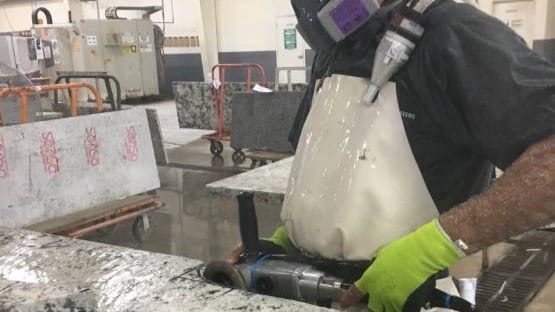Key points
- Millions of U.S. workers are exposed to respirable crystalline silica (RCS) in a variety of industries.
- Silica dust can be released in the air when working.
- Workers exposed to RCS can develop serious lung disease.

Overview
Silica dust is made up of small particles that can become airborne during work activities with materials that contain silica. Particles that are small enough to be inhaled deep into the lungs are called respirable.
Crystalline silica is typically found in:
- Soil
- Sand
- Concrete
- Mortar
- Granite and other minerals
- Artificial stone
The most common form of crystalline silica is quartz. However, it can also occur in the form of cristobalite and tridymite. Exposure to cristobalite typically occurs in foundries where intense heat of molten metal causes cristobalite to form in clay molds. Hazardous levels of respirable dust can be released into the air when working with materials that contain silica.
Silicosis, an irreversible but preventable lung disease, is caused by inhalation of RCS. Work exposures to RCS also cause other serious diseases, including lung cancer.
Risks

Exposures can occur during the following activities:
- Glass, pottery, ceramics, bricks, concrete, and artificial stone manufacturing
- Abrasive blasting
- Foundry work
- Hydraulic fracturing
- Stonecutting
- Rock drilling
- Quarry work
- Tunneling
There are various industries where workers can have jobs at risk for RCS exposure. Examples include:
- Construction
- Mining
- Oil and gas extraction
- Stone countertop fabrication
- Foundries and other manufacturing settings
- Dentistry
Resources
Key publications and posts
- Occupational Exposure to Silica Among US Metal and Nonmetal Miners
- Direct-on-filter Analysis for Respirable Crystalline Silica
- U.S. Department of Labor Updates its Program to Minimize or Eliminate Worker Exposure to Silica.
- Protecting Stone Workers - Reducing Exposure to Respirable Crystalline Silica during Stone Countertop Fabrication
- OSHA Enforcement, Compliance Initiative to Protect Workers from Silica Exposure in Engineered Stone Fabrication, Installation
Communication products
- Inhaling Silica Dust Can Cause Deadly Lung Disease – Infographic
- Inhaling Silica Dust Can Cause Deadly Lung Disease – Infographic (SPANISH)
- Inhaling Silica Dust Can Cause Deadly Lung Disease – Infographic (CHINESE)
Searchable database
NIOSHTIC-2 is a searchable bibliographic database of occupational safety and health publications, documents, grant reports, and other communication products supported in whole or in part by NIOSH. Search "silica" for more publications.
